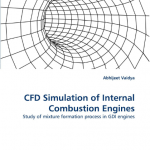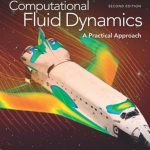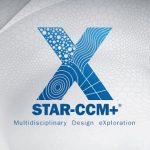 In order to design better products, engineers need to predict the consequence of any design changes on the real-world performance of their product, for better or for worse. Historically those predictions came from hand calculations or from the experimental testing of physical prototypes. Today, engineering simulation offers comprehensive predictions that are usually more accurate and always less expensive than experimental testing.
In order to design better products, engineers need to predict the consequence of any design changes on the real-world performance of their product, for better or for worse. Historically those predictions came from hand calculations or from the experimental testing of physical prototypes. Today, engineering simulation offers comprehensive predictions that are usually more accurate and always less expensive than experimental testing.
Month: May 2017
Cfd Simulation of Internal Combustion Engines
ANSYS 18.1 Updates Tech for Topology Optimization, CFD and NVH Simulation
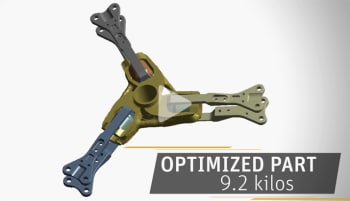
Engineers can now perform simulations faster and easier with the latest ANSYS 18.1 release. This release expands and enhances the software’s capabilities to support more complex simulations, enable simulation earlier in the design cycle, reduce the number of development cycles, and reduce time to market.
ANSYS 18.1 improves the capability of current tools and adds new features and capabilities.
Cloud-based On-Demand Access to CFD Simulation from Pointwise and EXN/Aero
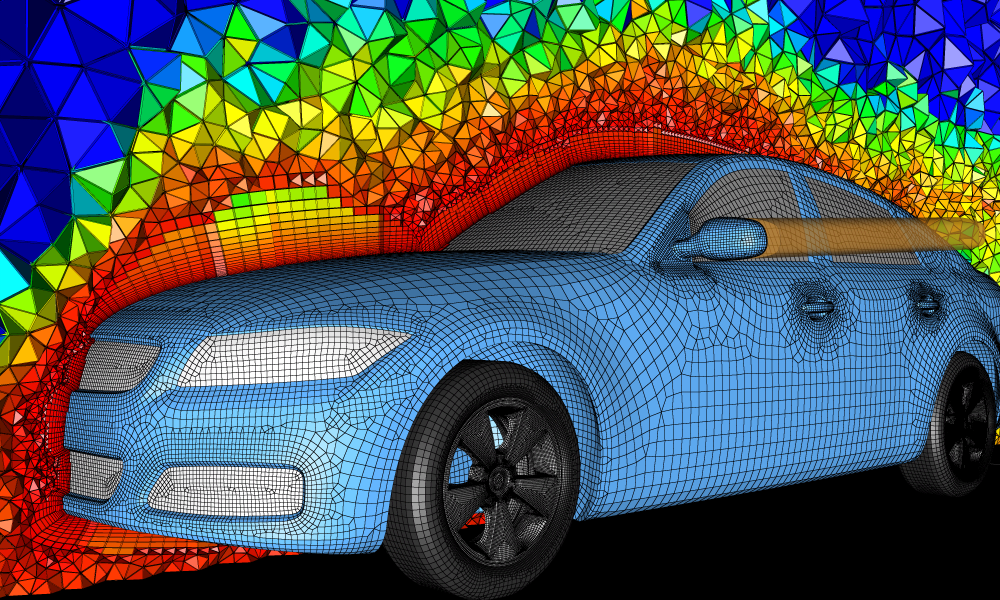
Cloud-based On-Demand
Engineers can now use the Pointwise CFD mesher and the EXN/Aero solver tools via an online platform in order to improve performance, accuracy, and save time and money. Pointwise Inc. and Envenio recently announced a co-licensing agreement to provide both products over the Nimbix High Performance Computing (HPC) cloud-hosted system. (more…)
Multiphase flow
Multiphase flow may consist of gas–liquid, gas–solid, liquid–liquid, liquid–solid or gas– liquid–solid systems. For a multiphase system containing very small particles, bubbles or drops that follow the continuous phase closely, reasonable simulation results can be obtained. Systems in which the dispersed phase has a large effect on the continuous phase are more difficult to simulate accurately, and only crude models are available for multiphase systems with a high load of the dispersed phase. (more…)
Single-phase flow
In single-phase laminar flow we can obtain very accurate solutions and in turbulent flow we can in most cases obtain satisfactory flow simulations. The main problem is usually simulation of the mixing of reactants for fast reactions in laminar or turbulent flow. (more…)
Turbulent flow
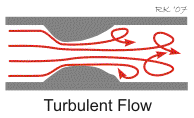 The Navier–Stokes equations describe turbulent flows, but, due to the properties of the flow, it is seldom possible to solve the equations for real engineering applications even with supercomputers. In a stirred-tank reactor the lifetime and size of the smallest turbulent eddies, the Kolmogorov scales, are about 5 ms and 50 µm, respectively. (more…)
The Navier–Stokes equations describe turbulent flows, but, due to the properties of the flow, it is seldom possible to solve the equations for real engineering applications even with supercomputers. In a stirred-tank reactor the lifetime and size of the smallest turbulent eddies, the Kolmogorov scales, are about 5 ms and 50 µm, respectively. (more…)
Laminar flow
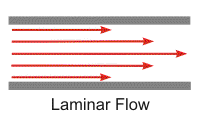 In laminar flow the Navier–Stokes equations describe the momentum transport of flow that is dominated by viscous forces. It is possible with CFD to obtain very accurate flow simulations for single-phase systems, provided that the flow is always laminar. The transitions between laminar and turbulent flow, both from turbulent to laminar and from laminar to turbulent, are difficult to simulate accurately. (more…)
In laminar flow the Navier–Stokes equations describe the momentum transport of flow that is dominated by viscous forces. It is possible with CFD to obtain very accurate flow simulations for single-phase systems, provided that the flow is always laminar. The transitions between laminar and turbulent flow, both from turbulent to laminar and from laminar to turbulent, are difficult to simulate accurately. (more…)
ANSYS FLUENT
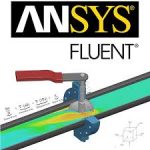 ANSYS FLUENT software contains the broad physical modeling capabilities needed to model flow, turbulence, heat transfer, and reactions for industrial applications ranging from air flow over an aircraft wing to combustion in a furnace, from bubble columns to oil platforms, from blood flow to semiconductor manufacturing, and from clean room design to wastewater treatment plants. Special models that give the software the ability to model in-cylinder combustion, aeroacoustics, turbomachinery, and multiphase systems have served to broaden its reach. (more…)
ANSYS FLUENT software contains the broad physical modeling capabilities needed to model flow, turbulence, heat transfer, and reactions for industrial applications ranging from air flow over an aircraft wing to combustion in a furnace, from bubble columns to oil platforms, from blood flow to semiconductor manufacturing, and from clean room design to wastewater treatment plants. Special models that give the software the ability to model in-cylinder combustion, aeroacoustics, turbomachinery, and multiphase systems have served to broaden its reach. (more…)
Computational Fluid Dynamics: A Practical Approach by Guan Heng Yeoh
Computational Fluid Dynamics, Second Edition, provides an introduction to CFD fundamentals that focuses on the use of commercial CFD software to solve engineering problems. This new edition provides expanded coverage of CFD techniques including discretisation via finite element and spectral element as well as finite difference and finite volume methods and multigrid method.There is additional coverage of high-pressure fluid dynamics and meshless approach to provide a broader overview of the application areas where CFD can be used. The book combines an appropriate level of mathematical background, worked examples, computer screen shots, and step-by-step processes, walking students through modeling and computing as well as interpretation of CFD results. (more…)

